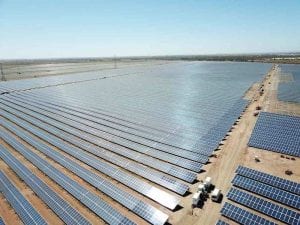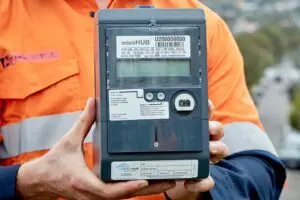A proposed doubling of the administrated price cap in wholesale electricity markets will go ahead, after the Australian Energy Market Commission made its final decision on the rule change on Thursday.
The move, touted as a key protection mechanism for consumers against potential disruptions to supply, boosts the administered price cap (APC) for wholesale electricity from $300/MWh to $600/MWh.
The doubling of the APC was proposed in an urgent rule change request by Alinta Energy in July, as chaos gripped the National Electricity Market.
The APC, a “last resort” safety net to avoid sustained periods of high electricity prices, was imposed by the Australian Energy Market Operator for just the third time in the NEM’s history in mid-June.
The $300/MWh price cap was triggered on all of the mainland states of the NEM as price spikes of more than $10,000/MWh pushed them over the cumulative price cap.
It did not work as intended. Rather, coal and gas generators withdrew capacity because they said they could not cover their fuel input costs at that level – a situation that ultimately led AEMO to take the, again, unprecedented step of suspending the entire NEM.
Final determination
In a final determination and final rule published on Thursday, said that its decision was made in response to concerns that the APC was not high enough to manage the sort of extreme market volatility that had led to the suspension of the NEM.
It says the doubling of the APC will cover the short-run marginal costs of most generators in a range of credible scenarios, while also minimising undue reliance on the market’s compensation scheme and thus reining in pass-through costs to consumers.
The higher APC is also expected to improve incentives for storage to participate in emergency situations, bolstering the transition to net zero, the AEMC said.
“The APC has not been updated in 14 years and it is no longer at a level where it provides the right incentives to facilitate more supply in emergency situations,” said AEMC chair Anna Collyer in a statement on Thursday.
“If this change had been applied in June, it would have unlocked significantly more electricity generation – enough to power more than 2 million homes.”
Protection against blackouts – and payouts
Collyer says that the rule change will have no impact on wholesale prices during normal market conditions, but will offer “substantial benefit” by way of protection from damaging blackouts.
The decision is being supported by Energy Consumers Australia, whose CEO, Lynne Gallagher, argues it provides important protections for consumers from price and supply shocks.
But not everyone is sold on this argument. According to a report from the AEMC’s expert Reliability Panel, which undertook an analysis following the rule change request, two Panel members representing consumers did not consider the increases to the administrated price cap to be necessary.
Concerns included that the cost to consumers of different settings under administered pricing is not yet known, and that there may be other tools to better promote the interests of consumers. Some big retailers have said it could mess up their hedging contracts which have already been locked in.
“The view of these Panel members is that once compensation cost outcomes and generator behaviour … become known, further analysis, consultation and consideration of alternative solutions could be the basis of a subsequent review to ensure that the recommendation remains appropriate,” the report says.
The increase in the APC will apply from 1 December 2022 until the end of 30 June 2025, following which, any change to the longer-term setting of the APC would be made following the AEMC’s consideration of the Reliability Panel’s rule change request.









